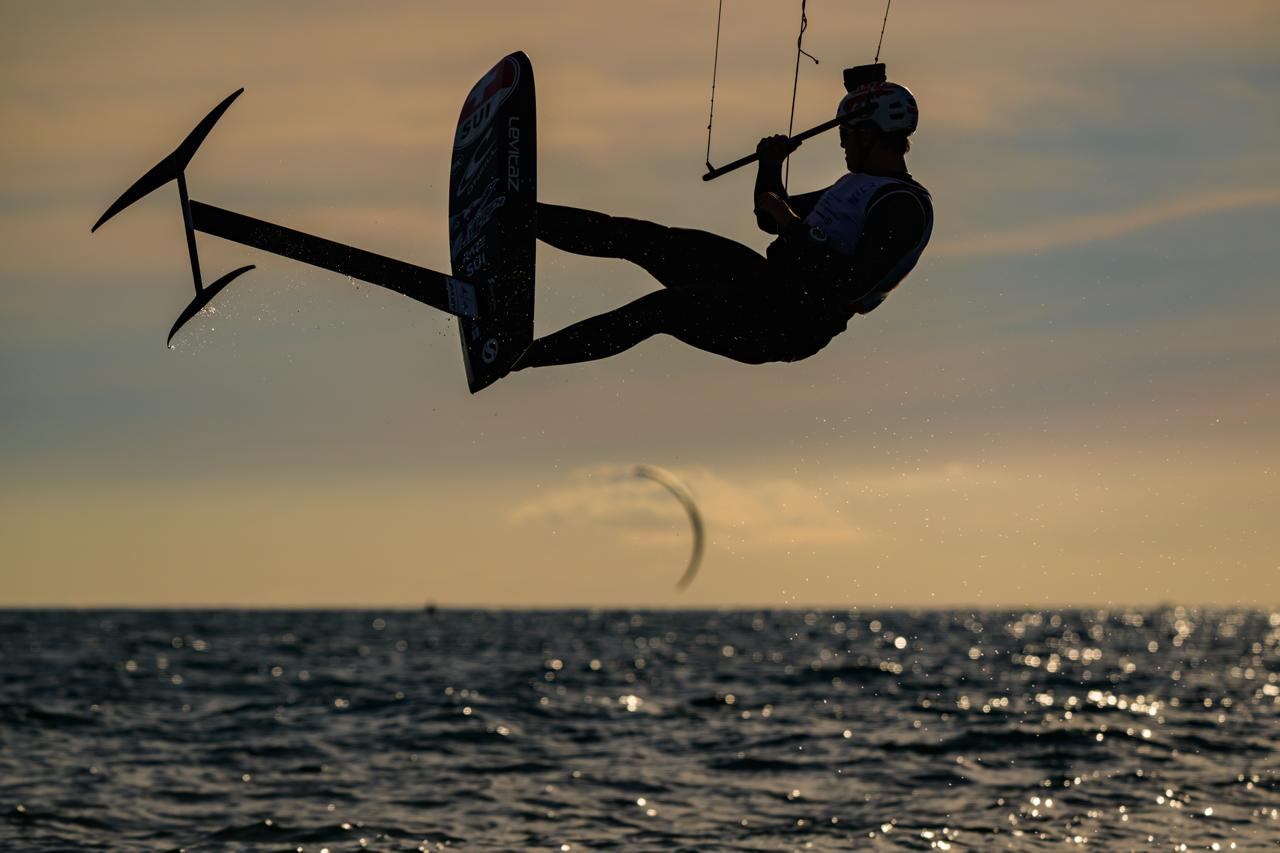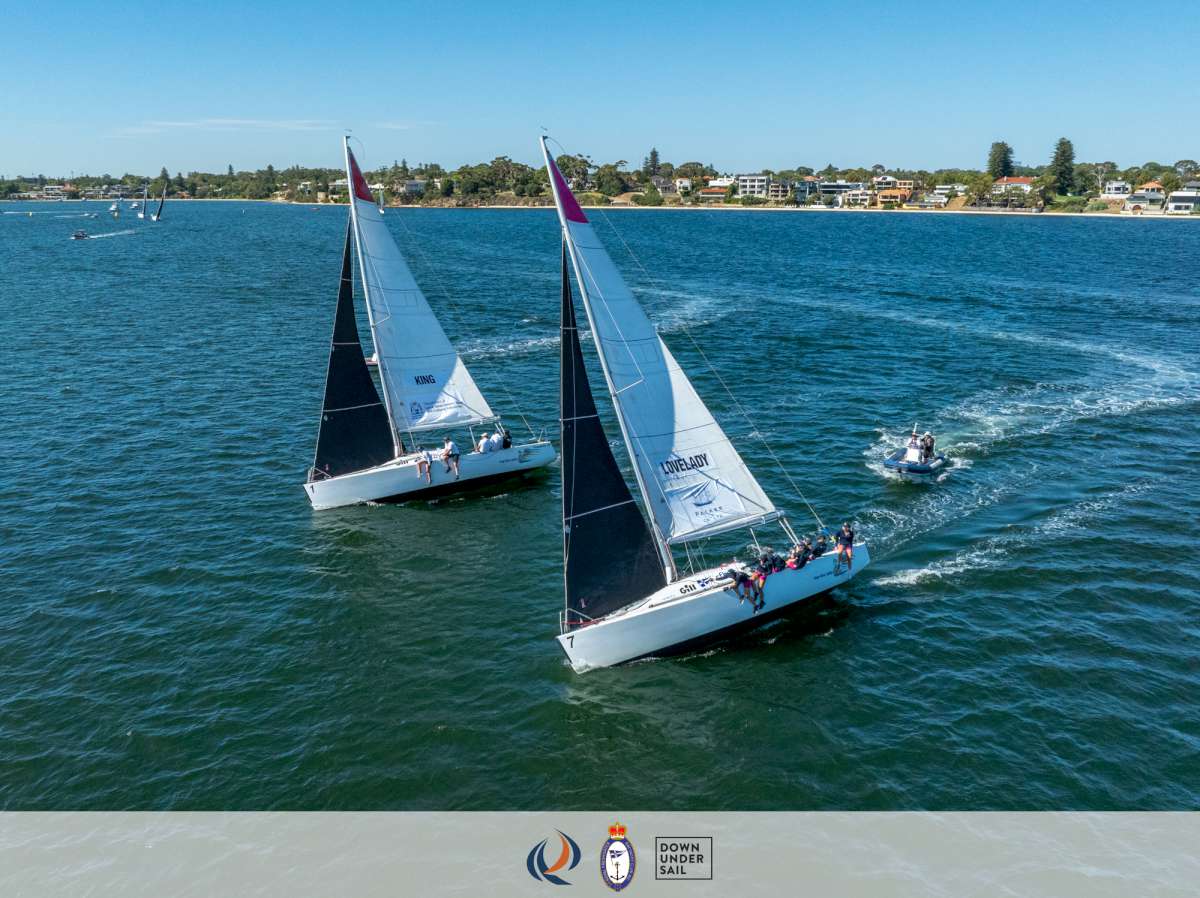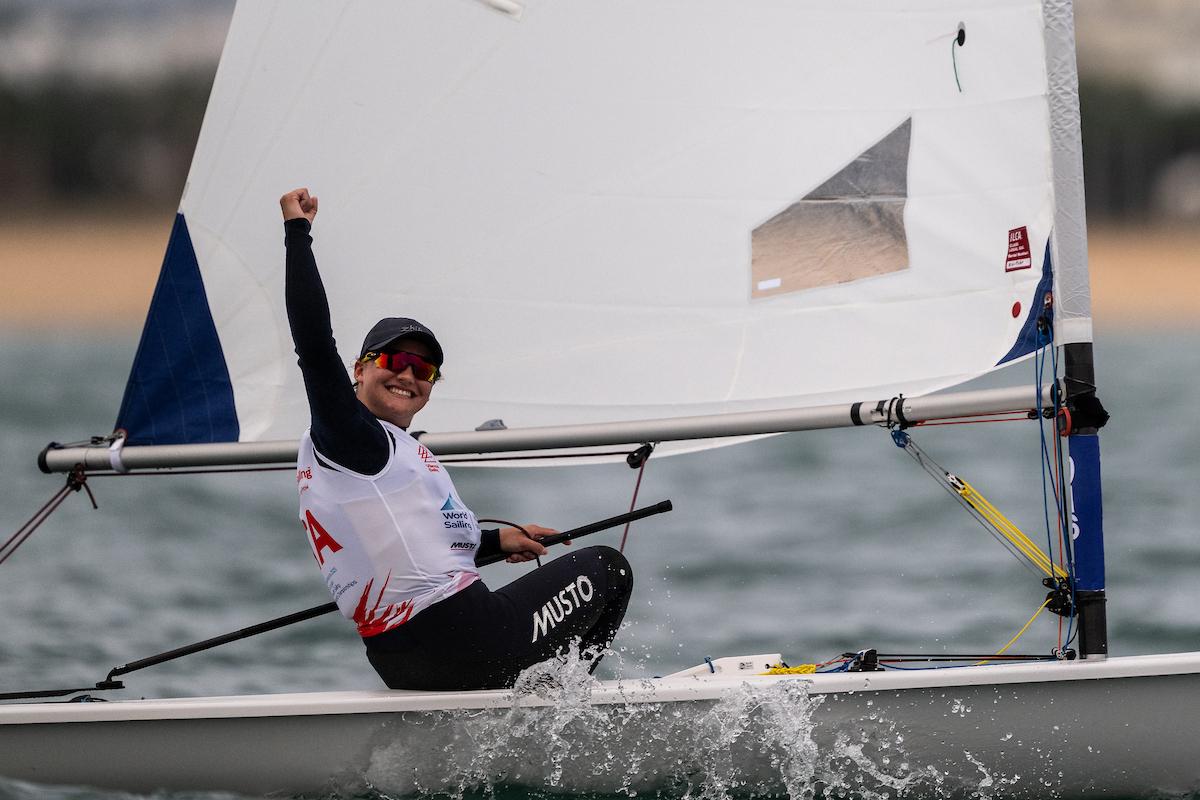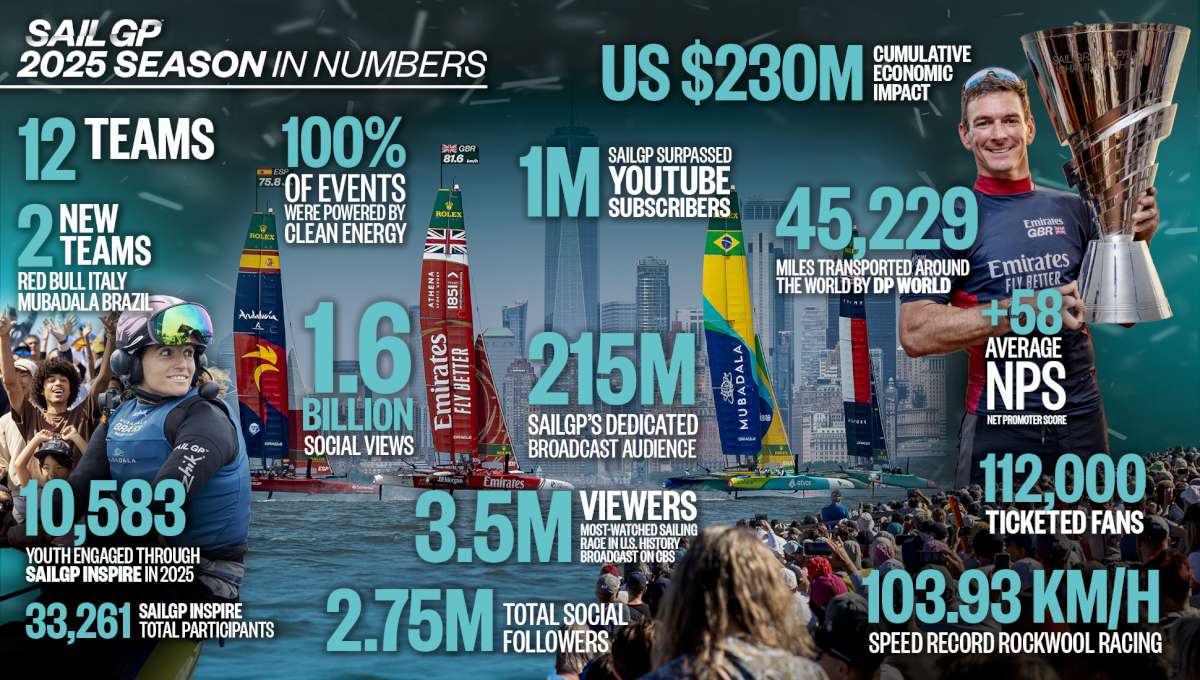Destination: Great Barrier Reef
Out or in? It's a quandary every cruiser has to face when heading north or south along the Great Barrier Reef. Aideen Henry puts the case for the former.
The end of the cyclone season marks the start of the trek north for many cruisers. From Cairns that can mean sailing close to shore or heading out towards the Great Barrier Reef. Whichever way you decide to go, one thing is for sure ð not many of us would miss the opportunity of a visit to Lizard Island.
The next reasonable anchorage north in strong southeasterlies is Bathurst Bay. However, if wind is forecast 15-20 knots here you can be guaranteed it's blowing another 5-10 knots more around Cape Melville. Now it's decision time: Do I head north following the shipping channel close to shore, or do I head out to the shipping channel adjacent to the outer reef?
Leading the way
The latter was the route my partner Ric and I took on Hard Yakka, our 13m Farrier cat. We also managed to persuade good friends Peter and Sue Burney on board their Crowther cat Koru to sail with us. Ric and I had been this way many times, but it was a first for Peter and Sue to bring their own boat. I think they felt a little apprehensive about it all, but being the good sports that they are decided to give it a go. Many people we've encountered opt for the inshore route. They seem to feel that it's a safer passage, and they always seem to have reservations about anchoring behind reef rather than a headland or island.
25 knots
From our point of view we find that up to 25 knots anchored behind a reef is quite bearable. One of the reasons for this is that the wind and swell work together, whereas sometimes behind an island or headland that is not always the case, and you find that the anchorage can be quiet uncomfortable. Of course, ideal conditions out at the reef are in 10-15 knots of breeze, but being this far north those wind conditions seem to be a rarity.
More to offer
We love to dive and fish so the outer reef has a lot more to offer us than trekking along the coast. And if you have the inclination to come out to the reef, it is in a lot better condition the farther north you go. The coral seems to be better, the visibility a lot clearer because you don't have the influence of all the river systems that you do inshore, and there is an abundance of colourful fish life.
Owen Channel
After spending a couple of very calm nights anchored in Owen Channel at the Flinders Islands we decided to start our journey out to the reef. From here it's only 16nm in a northeast direction to the nearest safe anchorage at the reef. During the trades we usually look for a reef that is shaped with a curl at the end of it so it blocks the SE wind chop and gives us more protection. Whether heading in a northerly or southerly direction the reef provides all the protection that you need. It's only in a westerly wind that you would not really want to be out at the reef. However, westerly winds don't happen very often.
First reef
Our first stop was the first reef past Rodda Reef (it has no name). It was blowing a good 25 knots here but the anchorage was quite comfortable because we were head to wind. We did plenty of snorkelling, hopping from bommie to bommie. Some of the corals here are dead but the colourful fish are plentiful. When snorkelling in heavier weather we try to tow the dinghy along with us so we don't get dragged too far away from the boat. Most of the reef is a blue zone, but where we anchored it was a green zone so no fishing. For fishing we dinghied farther south, where we grabbed a couple of coral trout for dinner. If you are not eating the fish straight away and intend to fillet it for the freezer, make sure you fillet it correctly by leaving the skin and scales on it or you'll pay a hefty fine when fisheries catch up with you.
Tijou Reef
Tijou Reef was about 40nm north of our previous night's anchorage. We had a great sail in 25-knot winds with flat seas. Tijou is about 12 miles long so provides good protection. It's also shaped with a curve at the southern end, and this was where we decided to anchor for the night. Once you clear the three-metre shallow patch of the southernmost point of the reef you are clear to make your way in. Water depth is approximately 16 metres the whole way in with no sightings of bommies until about 100 metres off the reef. Then you feel like you are surrounded. Anchorage is just a little farther on, on a sandy bottom with six metres of water.
Tijou is all a green zone so we only snorkelled here. Again lots and lots of colourful, beautiful fish and good reef.
Bligh Reef
Bligh is another 27 miles farther up the reef and is where Bligh entered the reef after being dumped from the Bounty by the mutineers. This reef is a blue zone so we got our fill of spearfishing here. We caught some lovely coral trout. One night spent here and we made our way back inshore to Portland Roads, which is another 32 miles away. After coming inshore from the outer reef this anchorage is a little disappointing. You can be guaranteed that you would get a better anchorage any day out at the reef than at Portland Roads. Because tide and swell don't work together you often get a swell that comes around the point and into the bay, making it very uncomfortable at times.
So, what do they think?
However, having reached Portland Roads it was time to debrief the latest yachties on their outer-reef experience. After a few sunset drinks on board Koru I asked Sue her opinion of the previous few days of sailing, fishing, snorkelling and anchoring. She said both she and Peter had been apprehensive about bringing their boat out there. But they were very glad that they had another yacht to travel with and one that had been there many times before.
“I felt it very disconcerting anchoring behind a reef and a little exposed without having an island or headland to anchor behind,” Sue said.
“It did make me nervous, but I was very surprised at how calm the anchorage was, particularly in 25 knots. The sailing conditions were excellent with flat water even in 25 knots. I think if we were going to come out here again, we would wait for calmer winds, and we might not feel so nervous about it. All in all though a very good experience and very different from what we are used to seeing inshore.”
AUTHORS BIO
At the time of writing Aideen and Ric were making their way up the east coast on their self-built F-41 cat Hard Yakka, planning to head OS for Kupang. You can keep up to date with their adventures on their website www.hardyakka.cc
tips for safe passage near reefs
* Try not to approach reef-strewn areas before 10am and after 3pm. It's always better to have the sun behind you when approaching any reef at any time as the reefs are easier to see.
* Make sure sails are down and furled and that you motor into a reef area if at all possible because you may need to manoeuvre rapidly.
* Always have somebody (wearing Polaroids) on lookout standing at the highest point possible of your boat to see bommies.
* Make sure your anchor and chain are always over sand and not coral because the potential for destruction is huge.
* Make sure you are aware of Great Barrier Reef Marine Park Authority zoning areas because at some reefs you are not allowed to fish or even anchor, i.e. preservation zones such as Raine Island.
guides and charts
* Cruising the Coral Coast by Alan Lucas (only gives you a guide to the inshore passage not the outer reef)
* Chart AUS 374
* GBRMPA zoning charts for Cape Melville, Lochart River.

























